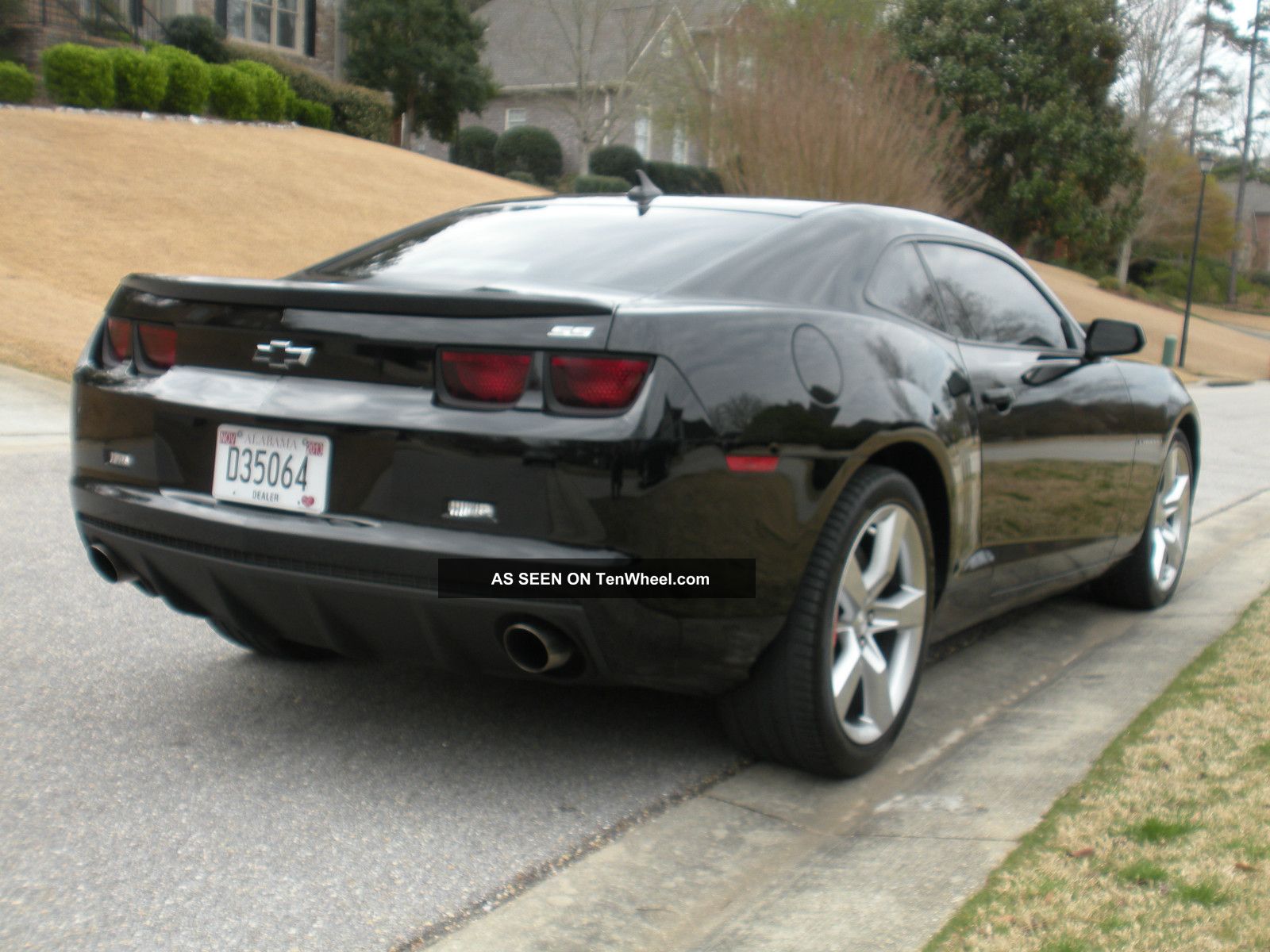

The Camaro's trunk opening struggles to swallow a large duffel bag. Cabin materials also feel a step behind the most recent Dodge Challenger's and at least two behind the latest Ford Mustang's. Mash the throttle and pray that those within spitting distance of your blind spots assume you're as aggro as the Camaro's angry mien suggests you are.
2016 CAMARO SS MANUAL VS AUTOMATIC DRIVER
If you're the sort of driver who cares little about seeing what's behind you, Chevy's contemporary pony car is your steed. The Camaros of the 1960s, with their deep-set gauges, had a real vibe to their cabins, and the modern, sixth-generation car carries that tradition on to perhaps a deleterious extreme. That's not to say that other things haven't changed. And unlike Fiat Chrysler's modern not-quite-a-Hemi V-8 and Ford's current DOHC 5.0-liter V-8-both of which use branding to echo entirely unrelated engines-the 455-hp LT1 in the Camaro SS can trace its pushrod lineage straight back to its initial 4.3-liter configuration. The small-block turned out to be so versatile that it has since powered everything from stripped-down hot rods to limited-production European exotica.

In 1955, when Chevrolet introduced its first small-block eight-cylinder engine in the first of the classic "shoe-box" Chevy sedans, the masses found a true successor to Ford's hoary, prewar flathead V-8: an affordable, tweakable powerplant.
2016 CAMARO SS MANUAL VS AUTOMATIC UPDATE
While GM's most storied powerplant continues to find a home in the latest Camaro SS, the pairing's most significant update for 2019 is that the SS's LT1 6.2-liter V-8 can now be mated to an optional 10-speed automatic transmission. Yet, unlike Ford, which tapped Carroll Shelby to bring potency to its new car after its introduction, GM dropped some optional firecrackers under the hood of the Camaro right from the start, the most prominent of which were a range of beefy, small-block V-8 engines. As Dearborn had done with the Mustang in '64, General Motors wrapped pedestrian underpinnings in a sexier package. Like Ford's Mustang was related to the Blue Oval's earlier "compact" Falcon, the Camaro's F-body platform was originally a fork of the Chevy II's tree. The genesis for what has evolved into the 2019 Chevrolet Camaro arrived in 1967 as a result of two decades' worth of brisk postwar automotive development.


 0 kommentar(er)
0 kommentar(er)
